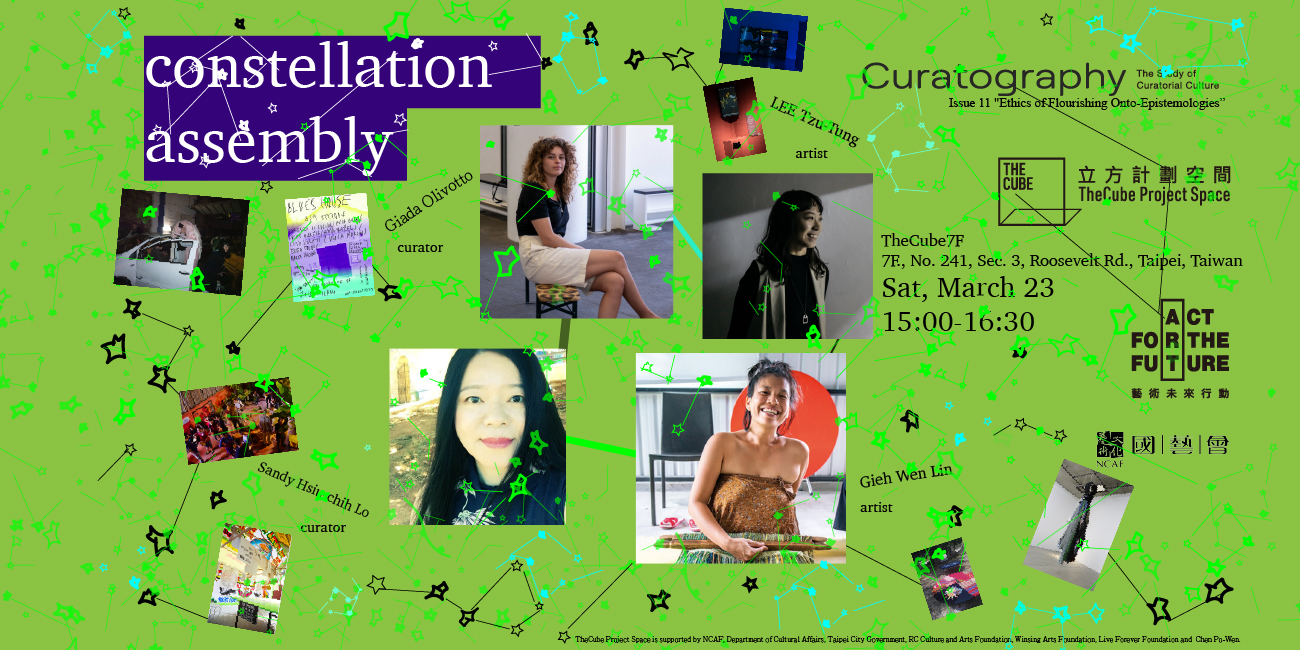
Constellation Assembly

Throughout human history, individuals have been inclined to contemplate the celestial realm, characterized by a multitude of stars twinkling against the dark expanse of the night sky, evoking imagery akin to an omniscient gaze upon the activities of humanity. In antiquity, the celestial sphere transcended its role as a mere visual spectacle, assuming significance as a navigational aid guiding human pursuits. It served as a guiding light for mariners navigating uncharted waters, providing orientation amidst vast expanses of sea. Furthermore, it constituted a foundational element for astrologers who sought to decipher the mysteries of human fate through celestial configurations. Philosophers also found inspiration in the heavens, using them as a point of reference for contemplating the fundamental nature of existence and the cosmos.
Within the realm of astronomy, constellations represent specific amalgamations and arrangements of celestial entities within the universe, each imbued with diverse meanings and symbols by human interpretation. Constellations transcend their purely physical manifestations to encompass cultural and imaginative dimensions. Through systematic observation and analytical interpretation, individuals endeavor to elucidate the principles governing cosmic motion, elucidate the historical trajectory of the universe, and contemplate the trajectory of human destiny. Parallel to constellations, onto-epistemological theories emerge as endeavors to navigate the complexities of the cosmos and the human condition, seeking to establish orientation, delineate ontological boundaries, and unravel epistemological inquiries. Constellations, therefore, can be conceived as ontological entities in their own right, materializing specific configurations and interrelations within the celestial sphere, thereby epitomizing a distinctive modality of coexistence.
Curatography Issue 11 “Ethics of Flourishing Onto-Epistemologies” focuses on exploring the prospective intricacies of a pluriversal onto-epistemological ecosystem from a curatorial perspective. “Constellation Assembly” initiative endeavors to cultivate interconnections among curators, artists, and diverse participants through dialogues and negotiations. Analogous to the assembly of celestial bodies forming constellations, this conceptualization posits the establishment of gatherings to construct flourishing onto-epistemologies, which are necessarily reconfigured from friendships among people and the exchange of dialogues between diverse perspectives.
Biography
Gieh Wen Lin (artist)
Gieh Wen Lin (also known as Labay Eyong) obtained her master’s degree in ephemeral architecture and temporary space design from the School of Architecture at the Autonomous University of Barcelona in 2008. She specializes in mixed media art that combines weaving with metalwork and focuses on topics of diaspora, feminine issues, and self-identity. She also uses her art to explore and reflect on shifting values that have resulted from the interconnected impacts that spatial and temporal changes have on traditional culture and modern urban lifestyle. In 2014, Lin was recognized with a Pulima Art Award for her art that transcends beyond medium and form and traverses freely between tradition and contemporaneity. In 2016, Lin co-created the public artwork, Elug Tminun, for the Xincheng Taroko Train Station with 30 Truku, Sediq, and Atayal tribal women weavers. The piece is woven with yarn recycled from unwanted sweaters, which weaves together the sentiments that those women hold for their homelands and also symbolizes a way back home. This piece also win Publica Art Award 2017.
LEE Tzu-Tung (artist)
LEE Tzu-Tung is a conceptual artist whose art combines academic research with political activism. Their work often incorporates participatory process, open source ethos, and decentralized technologies. Growing up amid Taiwan’s multifaceted generational identity struggle, they create art to ask the broad question: “How marginalized communities queer up the current hegemonies after the generational colonial trauma?” Tzu-Tung has graduated from the Massachusetts Institute of Technology (MS) and the School of the Art Institute of Chicago (MFA). Their art has been exhibited globally in renowned institutions, including the National Taiwan Museum of Fine Arts, MOCA Taipei (TW), MIT Museum (US), Lisbon University (PT), ArtScape(CA), Transemediale(DE), ADL(KR), Hyundai Studio(CN), etc. Beyond artistic achievements. Politically, Tzu-Tung has organized monthly conferences at Café Philo Chicago (2016-2018), participated in NGO Overseas Taiwanese for Democracy, and edited the bilingual political magazine NewBloom. They are also the leader and visual designer for a rally of 200 people Anti-Black Box Education (2016), 40 cities-wide rally Equality of Same-Sex Marriage (2016), and the organizer of the indigenous protest Passage of Time (2016). They are currently the founder of Tinyverse NPO, which facilitates transdisciplinary, collaborative art projects, and curator of Sensefield, an art and anthropology biennale.
https://www.tzutung.com/
Giada Olivotto (curator)
Giada Olivotto (1990, Locarno) is an independent curator based in Lugano. Since 2017 she has been co-director of the Sonnenstube off-space and co-funded the sound exhibition space CANALE MILVA in 2020. Since 2021 Giada has been part of the artistic-curatorial duo Fattucchiere. Giada’s recent artistic and curatorial projects: Switch the witch, with Fattucchiere, larada (Locarno, CH); Sweet Dreams Foundation, with Fattucchiere (Nida Art Colony, Nida, LT); La casa ispirata, with Fattucchiere, Istituto Svizzero (Roma, IT); RACCONTO GROSSO, with Fattucchiere, Spazio Lateral (Roma, IT); Tamed love, a conversation with SARA RAVELLI (Schiavo-Zoppelli Gallery, Milan, IT); From Submersion to Subversion (PALAZZINA, Basel, CH); Plattform21, MASI (Lugano, CH); FOTOROMANZA, Le Commun (Geneva, CH); Une histoire d’amour, One gee in fog (Geneva, CH); EMO, Schwobhaus (Berna, CH). Giada co-founded and co-managed the Residenza La Fornace project (Milan, 2017-2020) and collaborated in the methodical reconstruction of the exhibition Le mammelle della Verità (Monte Verità, 2016). In 2021 she was a resident at the Cité des Arts in Paris and a 21/22 Fellow at the Swiss Institute in Rome. She received The Asia Society Switzerland Curator Residency 2023/24.
https://www.giadaolivotto.ch/
Sandy Hsiu-chih Lo (curator, editor of Curatography )
Sandy Hsiu-chih Lo is an independent curator whose main research areas include urban studies, gender politics, and pluriversal onto-epistemologies. Her current program focuses on curating as a method of social practice, spatial practice, and critical thinking. Curating topography, a curatorial practice method that she has actively used in recent years, uses relative and relational spatial concepts to bring to light different cultural concepts such as myths, legends, history, memories, morals, ethics, desires and rights embedded in the pluralistic dialectic concept of place in order to strengthen political and ethical transformation through the contrast, confrontation, overlap, and juxtaposition in the becoming of place. Her major curatorial projects include “Topography of Mirror Cities” (2016-2021), “2019 Green Island Human Rights Art Festival Visiting No.15 Liumagou: Memory, Place and Narrative” and “2020 Green Island Human Rights Art Festival If on the Margin, Draw a Coordinate.”


